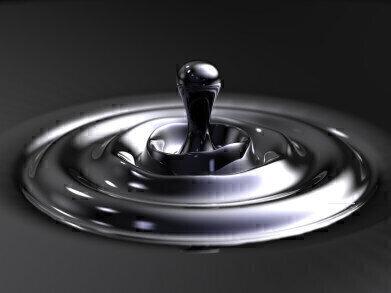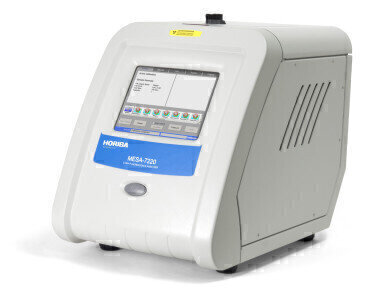Analytical Instrumentation
Chlorine Analysis in Petrochemical Streams
Jan 20 2016
The ability to measure and control the chlorine concentration in various streams in the petroleum industry is crucial. From crude oil to refinery streams to polymerization feed streams this element must be monitored, often at very low levels. These requirements are driven by corrosion concerns in pipelines, possible acid formation in refinery processes and catalyst deactivation concerns in down-stream processes. As a result, this measurement is made many times in the petroleum industry.
One of the most important analyses is the determination of chlorine in crude oil to prevent the chloride from being formed inside the refinery. One of the established ways of doing this is by utilising ASTM Method D4929. This involves a distillation of the sample to obtain the naphtha cut and then measuring the chloride in this distillation fraction. This method allows for the determination of the organic chloride which is present in the sample. This is expected at very low levels unless there is a solvent contamination problem.
This method has some disadvantages in that it is a two-step process and the two analytical methods for the naphtha quantifications are difficult to perform at the typical (0-10 PPM) level. This method is in the process of being examined with newer analytical techniques which incorporate X-ray Fluorescence technology. One of these technologies is MEDXRF as is represented by ASTM Method D7220 and the HORIBA MESA-7220. This work is on-going and should result in a new method D4929 with a method C analysis in the future.
A more desirable approach would be to make a direct measurement of the sample by X-ray Fluorescence technology without any sample preparation. This possibility is also being examined by ASTM Committee D02 for crude oil and residual oil. Part of the work involves direct measurement as received, and part after it is suspended in a solid matrix. These two approaches are being compared to examine accuracy, stability, and possible matrix effects. Results are expected to be available early in 2016.
In addition to crude oil, there are several other petroleum streams where chlorine concentration is important. These include lubricating oils, transformer oils and used oils. In these cases, the chlorine is either a key performance enhancer or a bothersome contaminant. In either scenario, the concentration of chlorine or chloride is typically much higher than in crude oil. This makes the measurement somewhat easier, but also somewhat harder.
The high chlorine concentration does not require high sensitivity, but in all cases metals are present which are interferents for the chlorine determination. In spite of the challenges, there are a number of X-ray methods on the books which use XRF as the accepted method of analysis. These include D-4628, D4927, D-6443, D-6481 and D-7751. These methods are used for chlorine analysis as well as metal determination. To learn more about these methods and the role which the MESA-7220 is playing in this work, contact Allen Bickel.
Digital Edition
PIN 25.1 Feb/March
March 2024
In This Edition Safety - The technology behind the ION Science Tiger XT - Safety with ammonia and LOHCs as hydrogen carriers Analytical Instrumentation - Discussion on new tribology te...
View all digital editions
Events
Apr 28 2024 Montreal, Quebec, Canada
Apr 30 2024 Birmingham, UK
May 03 2024 Seoul, South Korea
May 05 2024 Seville, Spain
May 06 2024 Riyadh, Saudi Arabia




















